Electric vans are driving a revolution in urban transport, with the market projected to reach $13.33 billion in 2023 and growing at 13.8% CAGR through 2030. Advanced battery technology, smart monitoring systems, and fast-charging capabilities make these vehicles increasingly practical for commercial operations. Zero emissions and lower operating costs present compelling advantages for fleet operators. While charging infrastructure remains a challenge, major manufacturers’ investments and expanding low-emission zones signal a transformative future in urban logistics.

As cities worldwide accelerate their shift to sustainable transportation, electric vans are emerging as a cornerstone of urban mobility and logistics solutions. The market’s remarkable growth to $13.33 billion in 2023, coupled with a projected CAGR of 13.8% through 2030, reflects the increasing confidence in electric van technology among fleet operators and businesses.
The compelling economics of electric vans present an increasingly attractive proposition for urban logistics. Lower maintenance requirements, reduced fueling costs, and growing resale values create a convincing total cost of ownership advantage over traditional internal combustion engines. Similar to the success seen in the bus sector where zero-emission penetration reached 42% of city buses in 2023, electric vans are proving their economic viability. Government incentives and tax benefits further strengthen the business case, though initial purchase costs remain a consideration for smaller operators. Advanced battery management systems ensure optimal performance and extended battery life, mirroring developments in the electric bus sector.
Electric vans deliver compelling economic advantages through reduced maintenance, lower fuel costs, and strong resale values, despite higher upfront investment.
Technological advancements have addressed many early adoption concerns. Modern electric vans feature high-capacity batteries delivering extended range, while fast-charging capabilities minimize operational downtime. Smart monitoring systems and enhanced regenerative braking contribute to improved energy efficiency, essential for urban delivery operations. The integration of renewable power sources at charging stations helps maximize the environmental benefits of electric van fleets.
The environmental benefits are particularly significant in urban settings. Zero tailpipe emissions directly improve air quality, while reduced noise pollution enhances the livability of city spaces. The life cycle emissions advantage over conventional vehicles aligns with global carbon reduction targets, making electric vans instrumental in achieving urban sustainability goals.
Europe and North America lead the shift, driven by stringent emission regulations and expanding low-emission zones. The implementation of extensive charging infrastructure through public-private partnerships is gradually eliminating range anxiety concerns. Last-mile delivery services, in particular, have embraced electric vans for their operational efficiency in urban environments.
Despite the momentum, challenges persist. The industry faces obstacles in charging infrastructure development, regulatory standardization, and the need for specialized maintenance expertise. However, major manufacturers’ substantial investments in electric van production capacity signal confidence in overcoming these hurdles.
The trajectory is clear: electric vans are fundamentally transforming urban transport, combining operational efficiency with environmental responsibility in ways that traditional vehicles simply cannot match.
Frequently Asked Questions
How Long Does It Take to Fully Charge an Electric Van?
Charging time for electric vans varies greatly based on battery capacity and charger type.
Using a standard 7kW home charger, a typical 60-90kWh van battery requires 8-10 hours for a full charge.
Rapid 50kW chargers reduce this to 1-2 hours, while ultra-rapid 150kW units can achieve 20-80% charge in just 30 minutes.
Temperature, initial charge state, and vehicle model also influence total charging duration.
What Happens to Electric Van Batteries at the End of Their Life?
Electric van batteries follow two primary paths at end-of-life: repurposing or recycling.
With 70-80% capacity remaining, many batteries enter second-life applications, powering homes and energy storage systems for up to 10 additional years.
Advanced recycling processes then recover up to 70% of valuable materials like lithium, nickel, and cobalt.
Under strict EU regulations, manufacturers must guarantee proper disposal through Extended Producer Responsibility systems, targeting 70% recycling rates by 2030.
Can Electric Vans Operate Effectively in Extreme Weather Conditions?
Electric vans can operate effectively in extreme weather, though with notable performance adjustments.
Cold temperatures below -4°F can reduce range by up to 50%, while heat above 95°F typically causes a 17% decrease.
Advanced thermal management systems help mitigate these effects, while regenerative braking provides some energy recovery.
Modern electric vans employ sophisticated battery conditioning and HVAC technologies to maintain reliable operation across diverse climate conditions.
Are There Government Incentives Available for Purchasing Electric Vans?
Substantial government incentives exist for electric van purchases across federal, state, and utility programs.
Federal tax credits offer up to $7,500 for new vehicles and $4,000 for used ones through the Inflation Reduction Act.
State-level programs, particularly in California, provide additional rebates up to $9,500.
Commercial buyers can access specialized incentives like HVIP vouchers, while utility companies offer supplementary rebates ranging from $300-$4,000 for vehicles and charging infrastructure.
What Is the Typical Maintenance Schedule for an Electric Van Fleet?
Electric van fleets require systematic maintenance schedules focusing on key components.
Battery inspections occur every 6,000 miles, while tire rotations are needed at 10,000-mile intervals.
Brake systems require bi-annual checks, with particular attention to regenerative braking components.
Software updates should be installed immediately upon release, while charging infrastructure needs monthly inspections.
Air filters typically need replacement at 20,000-mile intervals, and suspension systems warrant annual evaluation.

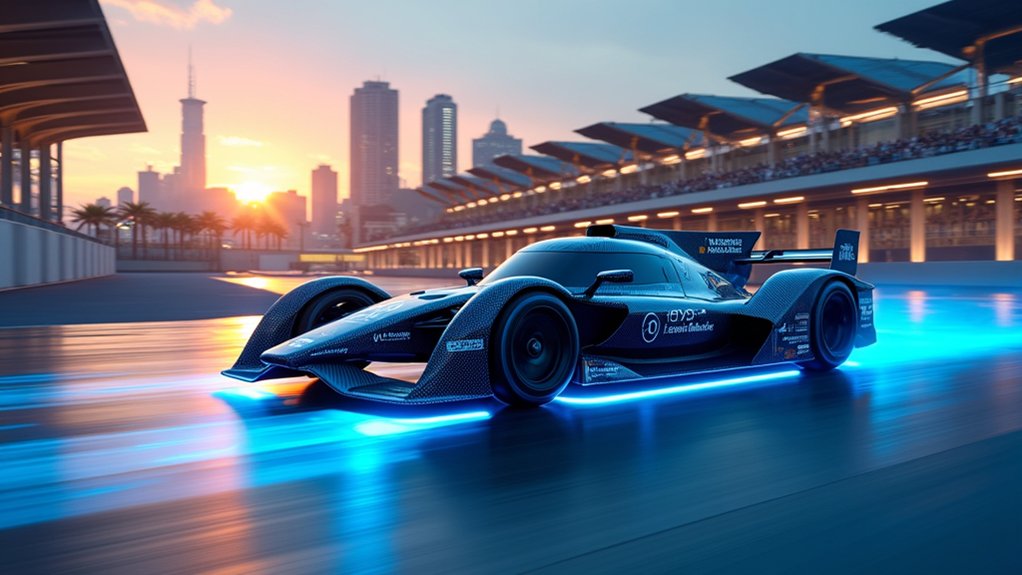

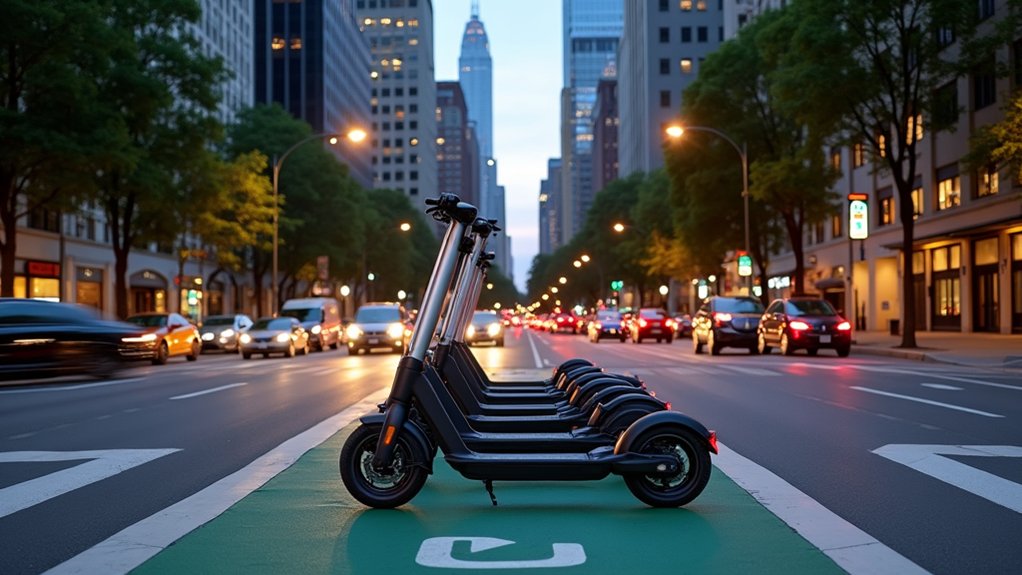
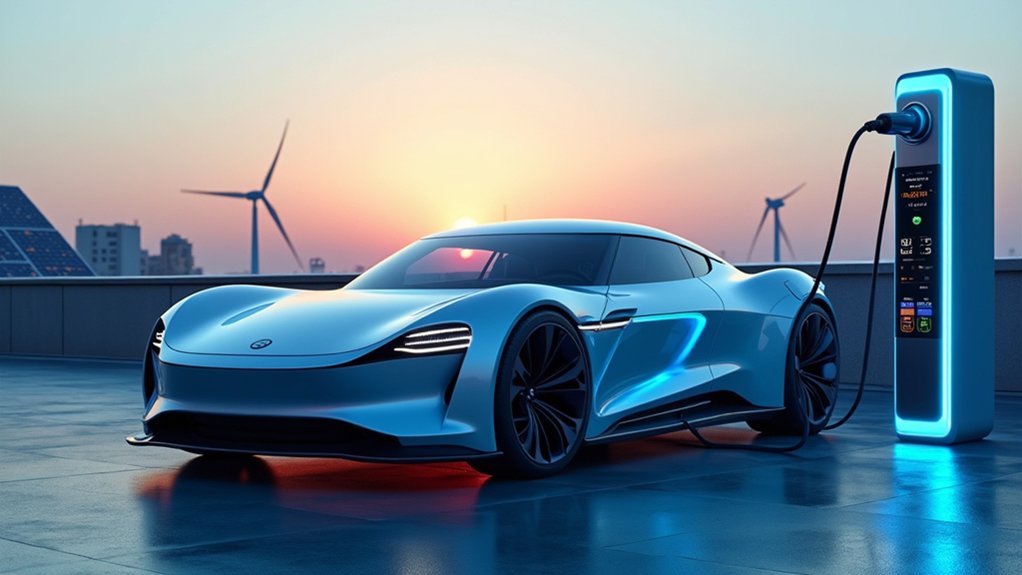
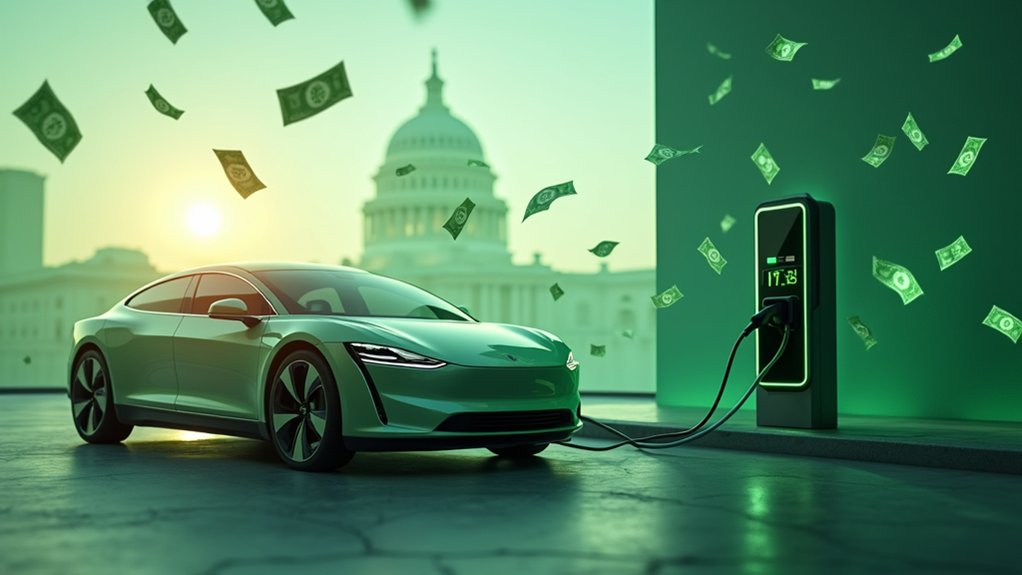
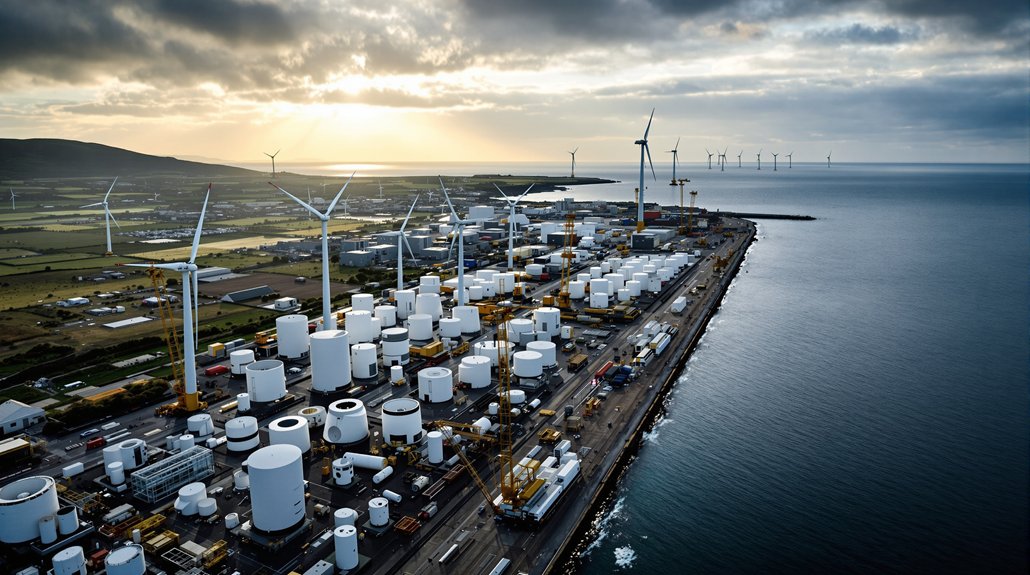


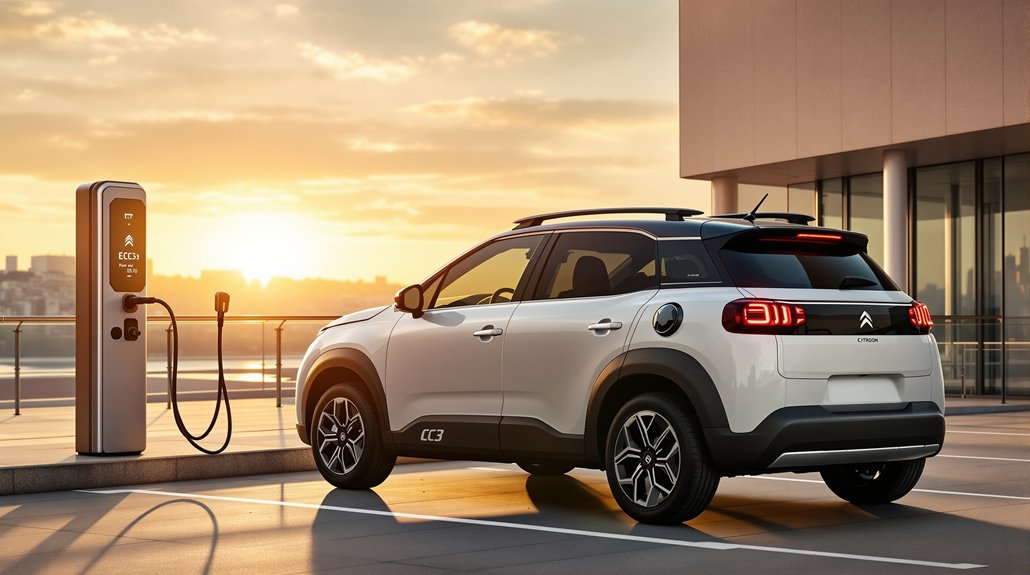
1 comment